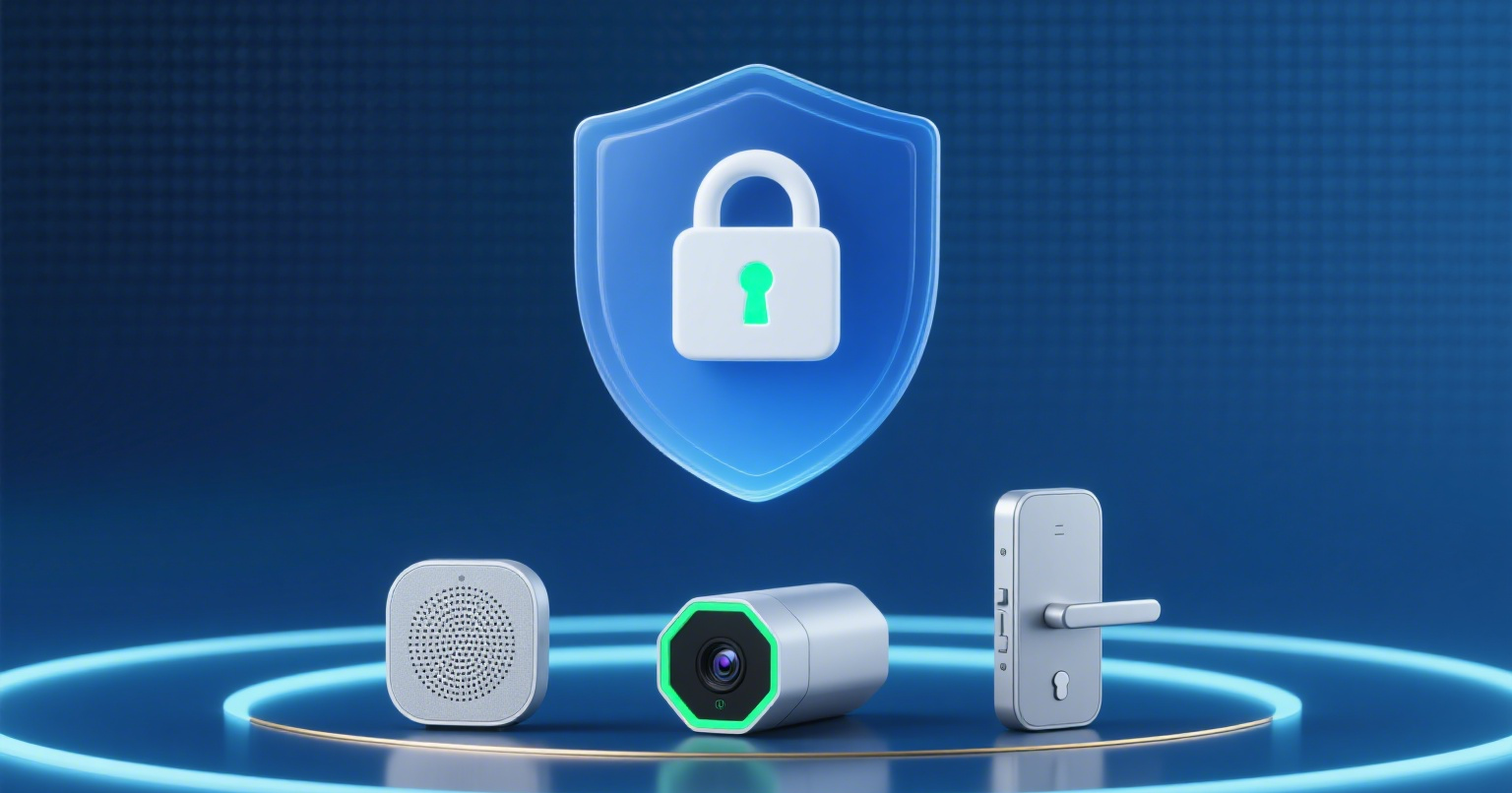Introduction
As smart homes evolve from gadget collections to AI-driven ecosystems, data governance has become critical for sustainable innovation. With rising threats like biometric leaks and AI profiling, new regulatory frameworks are reshaping smart homes into secure havens that balance convenience with robust protection.
1. Regulatory Frameworks: The New Rulebook
1.1 Global Compliance Mandates
- China’s Smart Society Governance Standard: Requires local processing of biometric data and bans unauthorized cloud uploads.
- EU’s GDPR 2.0: Mandates edge-computed AI with hardware-level encryption for health metrics.
- US-California CPRA Expansion: Limits voice assistant data retention to 72 hours without explicit consent.
1.2 Industry Certifications
- Privacy-by-Design Certification: Mandates zero-trust data routing and self-destructing access logs.
- Matter 2.0 Security Protocol: Requires penetration testing for cross-brand device interoperability.
2. Technical Implementation Challenges
2.1 Data Localization Dilemmas
- Edge Computing Demands: Local processing of high-resolution data increases device costs significantly.
- Firmware Vulnerabilities: Many budget devices lack secure boot mechanisms, enabling deep-level exploits.
2.2 Cross-Platform Risks
| Threat Vector | Solution |
|---|---|
| Cloud Bridging Attacks | Micro-segmented VLANs |
| Legacy Device Gaps | Forced OTA retirement policies |
3. Governance Solutions in Action
3.1 Architectural Overhauls
- Privacy Gateways: Isolate biometric data from internet-facing devices with sub-100ms processing.
- Homomorphic Encryption: Enables analysis of encrypted health data without decryption.
3.2 Operational Protocols
- Tiered Consent Systems:
- Level 1: Essential device functions
- Level 2: Personalized automation (opt-in)
- Level 3: Third-party sharing (explicit consent)
- Blockchain Auditing: Provides immutable access logs visible to users.
4. Industry Impact: Compliance as Innovation Catalyst
4.1 Market Shifts
- Vendor Consolidation: Certification requirements accelerate market consolidation.
- Premium Privacy Tier: Governance-verified devices command 15-20% price premiums.
4.2 User Control Revolution
- Personal Data Pods: Enable local storage with selective anonymized analytics.
- Privacy Transparency Labels: Mandatory disclosure of data pathways.
5. Future Trajectory: 2026-2028
- Regulatory Sandboxes: Controlled testing for emotion-sensing AI in care scenarios.
- Quantum-Resistant Security: Next-gen encryption for smart locks.
- Carbon-Neutral Compliance: Energy audits for smart home data processing.
Conclusion: The Privacy-Positive Smart Home
Tomorrow’s smart homes will thrive through:
- Architectural Integrity: Privacy gateways eliminating cloud dependencies
- Radical Transparency: User-visible data pathways
- Sustainable Security: Energy-efficient compliance measures
Start with certified devices, deploy privacy gateways for biometrics, and reclaim data ownership through local pods. Regulatory rigor now fuels both trust and technological progress.
